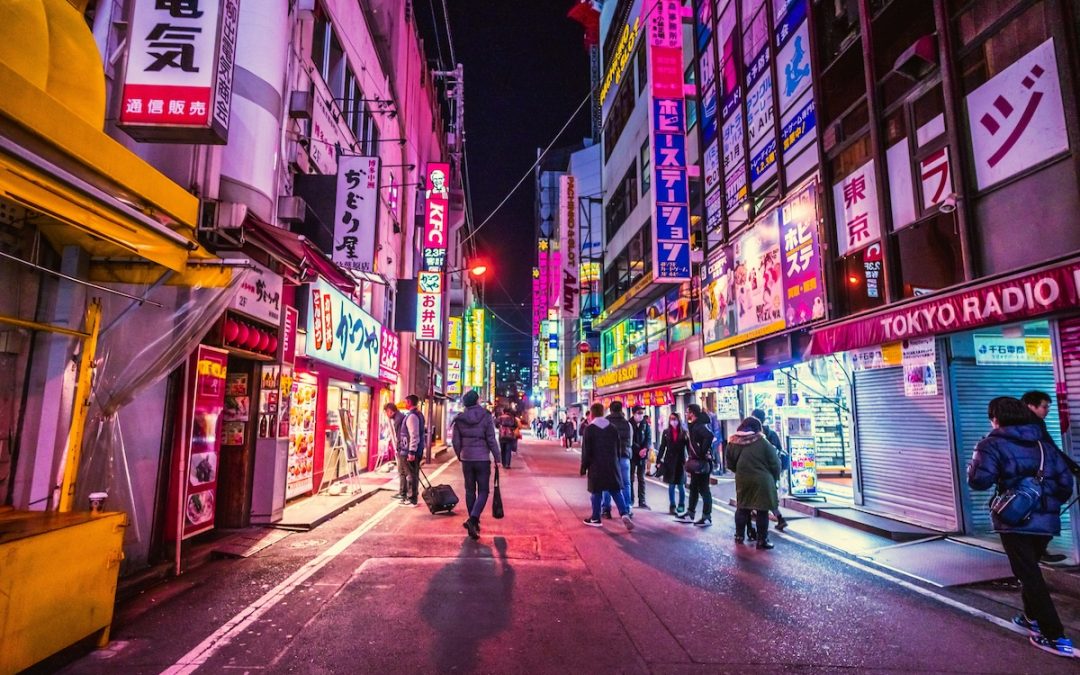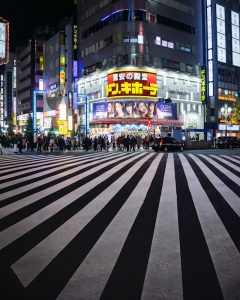Tokyo, Japan, is the world’s largest city by population, and it’s a fascinating blend of traditional culture and futuristic innovation. Here’s a more detailed look at Tokyo:
1. Size and Population
- Metropolitan Area Population: Over 37 million people.
- Area: The Greater Tokyo Area spans over 13,500 square kilometers (5,200 square miles).
- Density: Despite its massive population, Tokyo is known for its efficient use of space, with high-rise apartments and carefully organized districts.
2. Economic Powerhouse
- Tokyo is one of the world’s largest financial hubs and has one of the highest GDPs of any city. It is home to the Tokyo Stock Exchange, one of the most significant financial markets globally.
- Major multinational companies, especially in technology, finance, and manufacturing, have headquarters in Tokyo.
3. Cultural Heritage
- Temples and Shrines: Despite being highly modernized, Tokyo preserves its historical landmarks, like the Senso-ji Temple in Asakusa and the Meiji Shrine in Shibuya, blending ancient traditions with urban life.
- Traditional Arts: Tokyo is a hub for traditional Japanese arts, including Kabuki theater, tea ceremonies, sumo wrestling, and calligraphy.
4. Urban Layout
- Districts: Tokyo is made up of 23 special wards, each with its own unique personality. Some famous areas include:
- Shibuya: Known for the iconic Shibuya Crossing and trendy youth culture.
- Shinjuku: Famous for its skyscrapers, entertainment, and the busiest train station in the world.
- Akihabara: The tech and anime hub.
- Ginza: Tokyo’s upscale shopping district.
- Harajuku: Renowned for its quirky fashion scene.
5. Transport Infrastructure
- Trains and Subways: Tokyo’s train and subway system is one of the most efficient in the world, with trains arriving punctually every few minutes, even during peak hours.
- Bullet Trains: Tokyo is the starting point for Japan’s famous Shinkansen (bullet trains), which connect the city to other parts of Japan at speeds of over 300 km/h (186 mph).
6. Technology and Innovation
- Tokyo is famous for its cutting-edge technology and robotics. Visitors often marvel at high-tech toilets, robot restaurants, and the presence of humanoid robots in everyday settings.
- Akihabara is a paradise for technology enthusiasts, with electronic shops, gaming arcades, and virtual reality experiences.
7. Environmental Initiatives
- Despite its urbanization, Tokyo is known for its green spaces like Ueno Park and Yoyogi Park.
- The city has ambitious sustainability goals, including reducing its carbon footprint, and it promotes cycling and electric vehicles.
8. Food Scene
- Tokyo has the most Michelin-starred restaurants of any city in the world, with a wide array of cuisine ranging from world-class sushi to street food like ramen, yakitori, and tempura.
- Tsukiji Fish Market (now relocated to Toyosu) was once the largest wholesale fish market in the world, famous for its early morning tuna auctions.
9. Major Attractions
- Tokyo Tower: A red-and-white landmark resembling the Eiffel Tower, offering great views of the city.
- Tokyo Skytree: The tallest tower in the world, it provides a panoramic view of Tokyo’s vast skyline.
- Disneyland and DisneySea: Tokyo is home to these globally famous theme parks, popular with both locals and tourists.
- Imperial Palace: The residence of Japan’s emperor, surrounded by beautiful gardens and historic buildings.
10. Challenges
- Earthquake Preparedness: Tokyo is located in an earthquake-prone region, so the city is designed with stringent building codes and earthquake-resistant structures. People are trained regularly for disaster preparedness.
- Population Density: Managing such a large population can be a challenge, particularly during rush hour when trains and streets are extremely crowded.
Fun Facts:
- Tokyo was originally a small fishing village called Edo before becoming Japan’s political center in the 1600s and later renamed Tokyo, meaning “Eastern Capital.”
- Odaiba, a popular shopping and entertainment district, is actually a large artificial island built in Tokyo Bay.
Tokyo remains a vibrant, ever-evolving city that combines the best of modern technology with rich historical and cultural traditions.
If you are visiting Tokyo, don’t forget to buy a Tokyo, Japan magnet.


